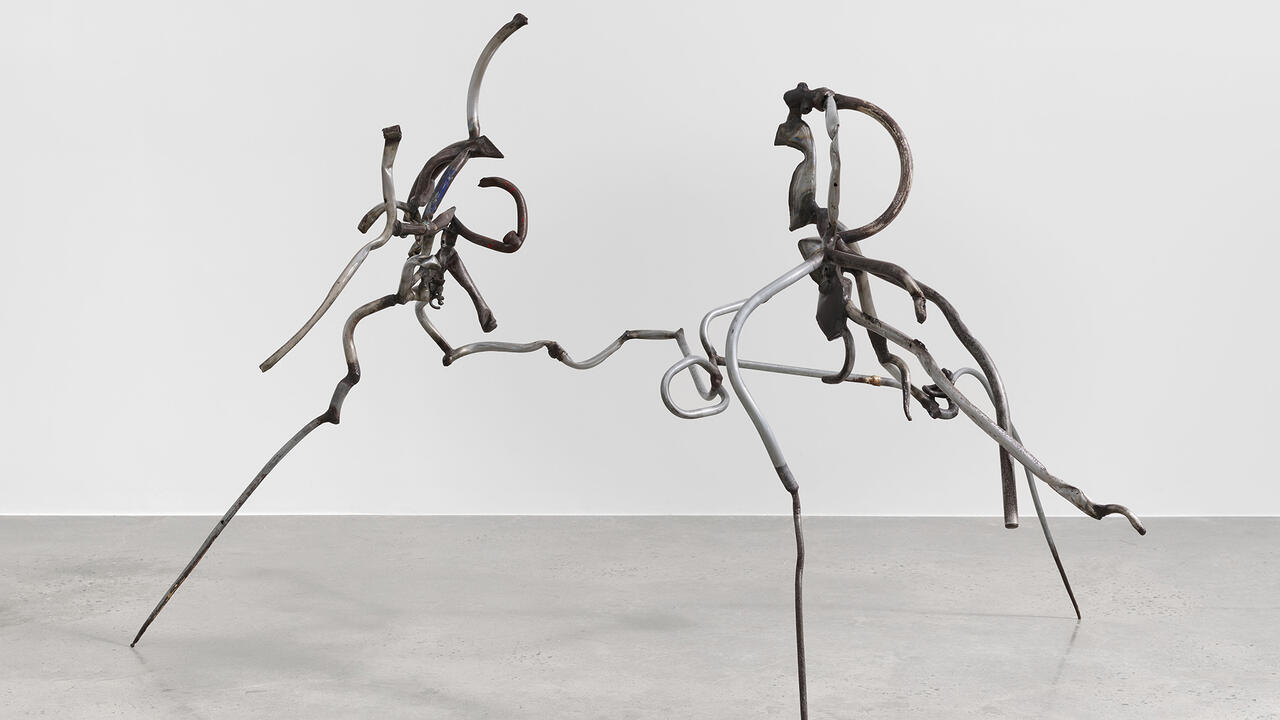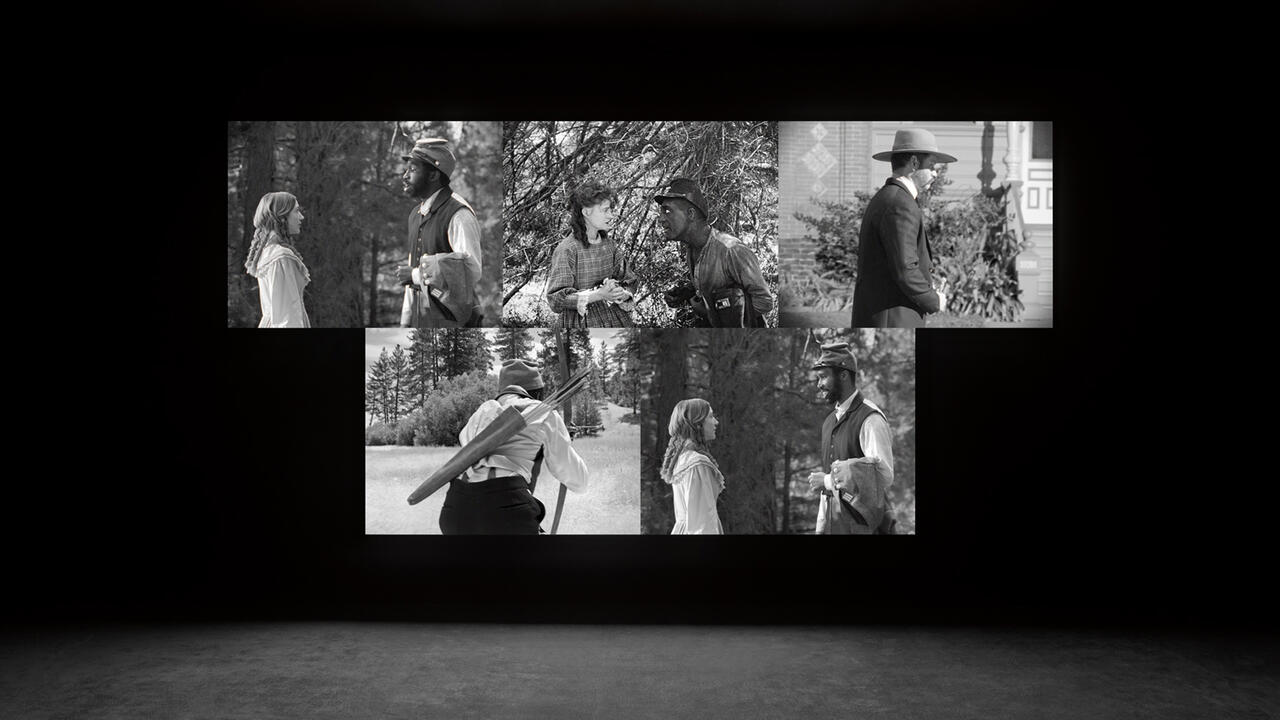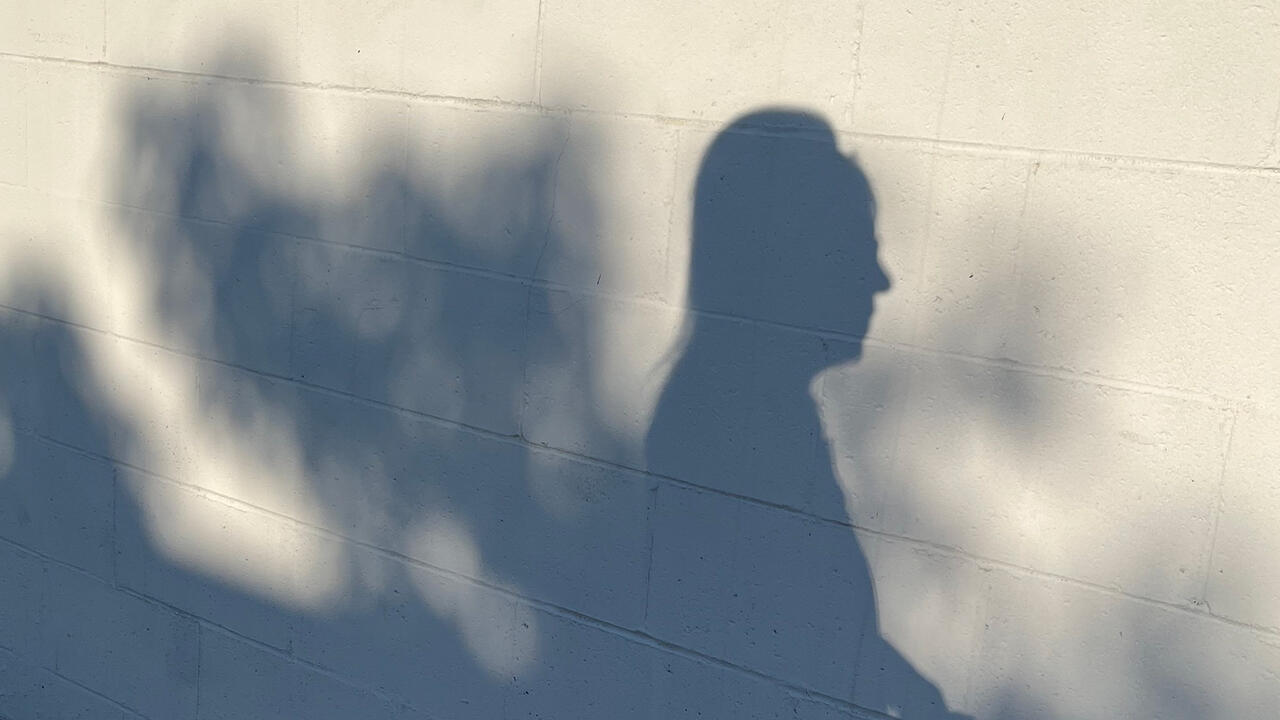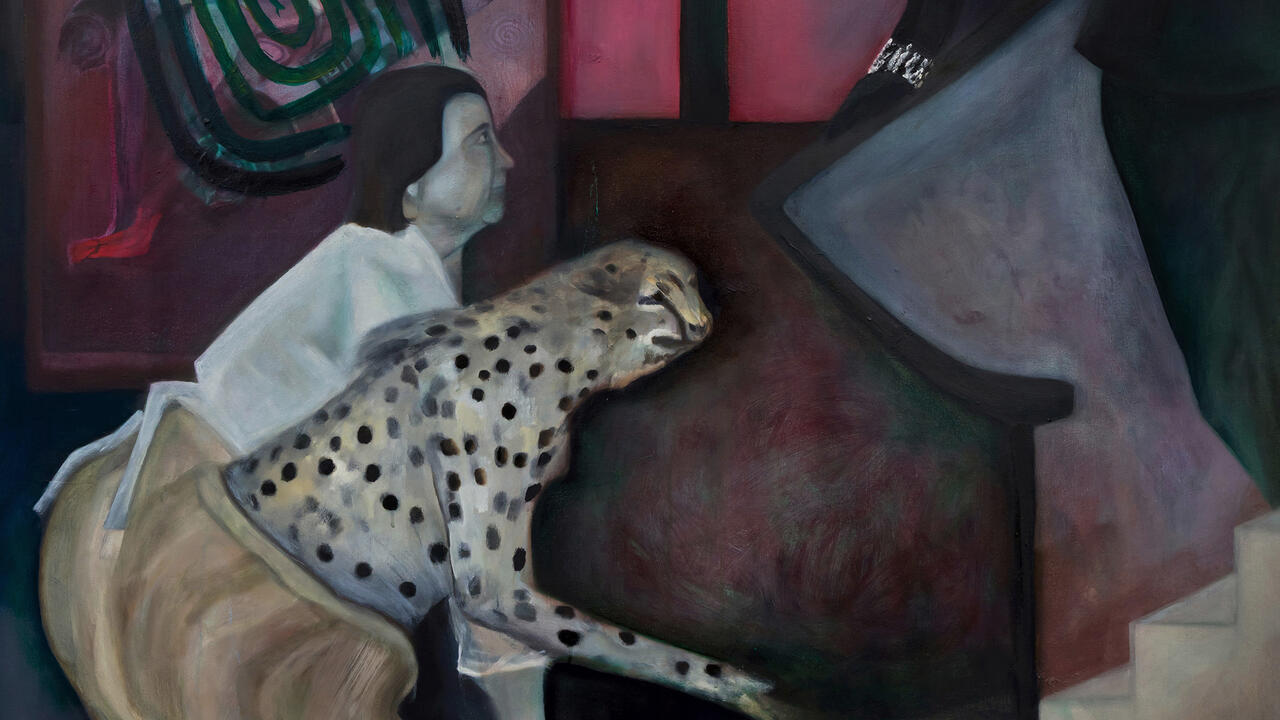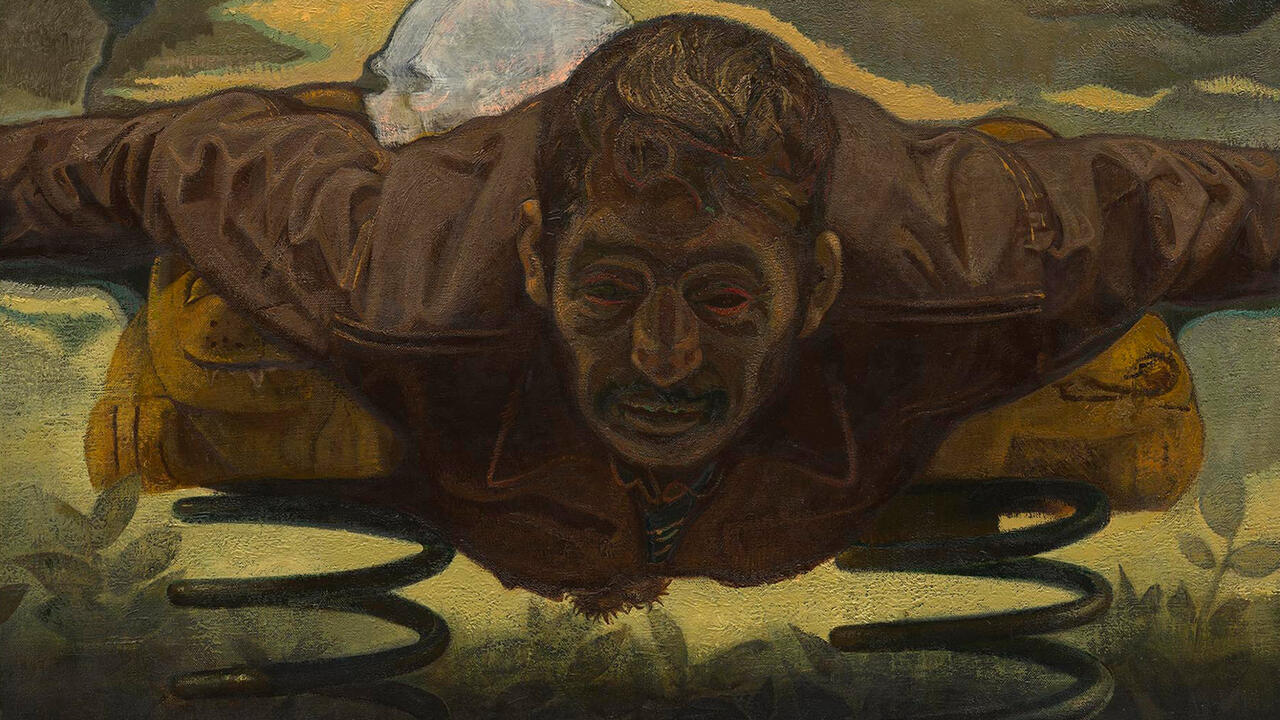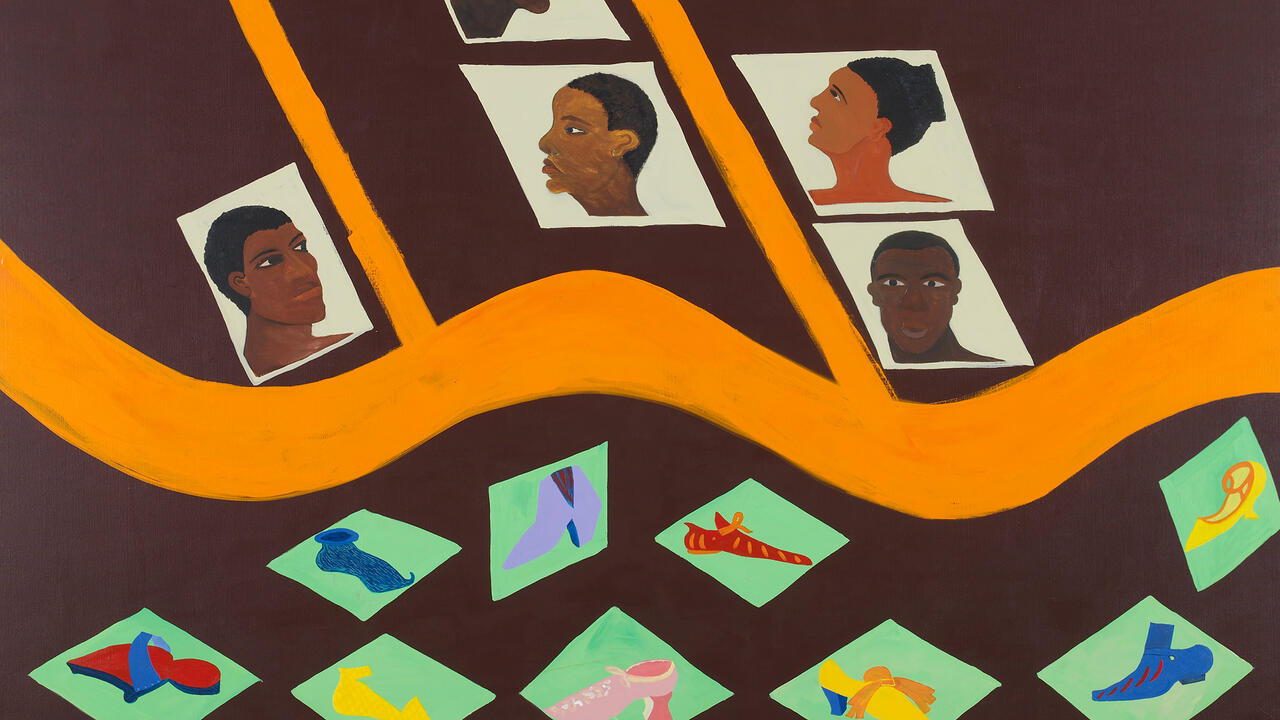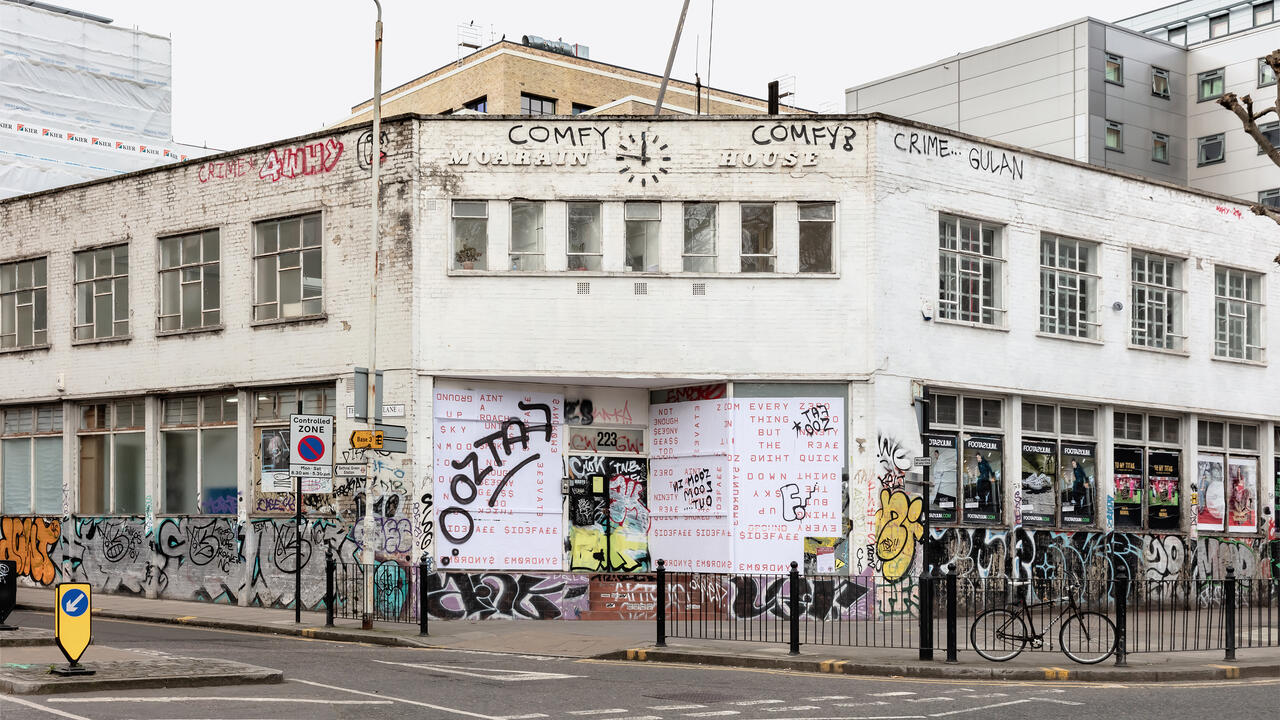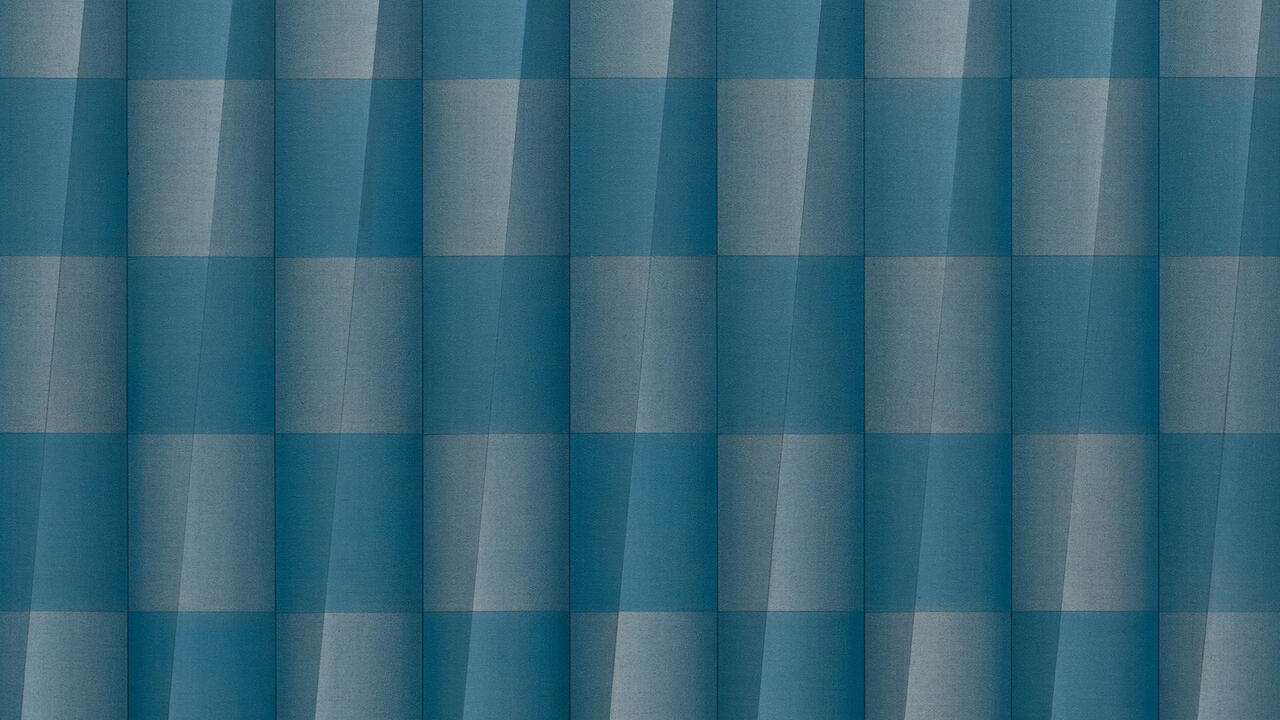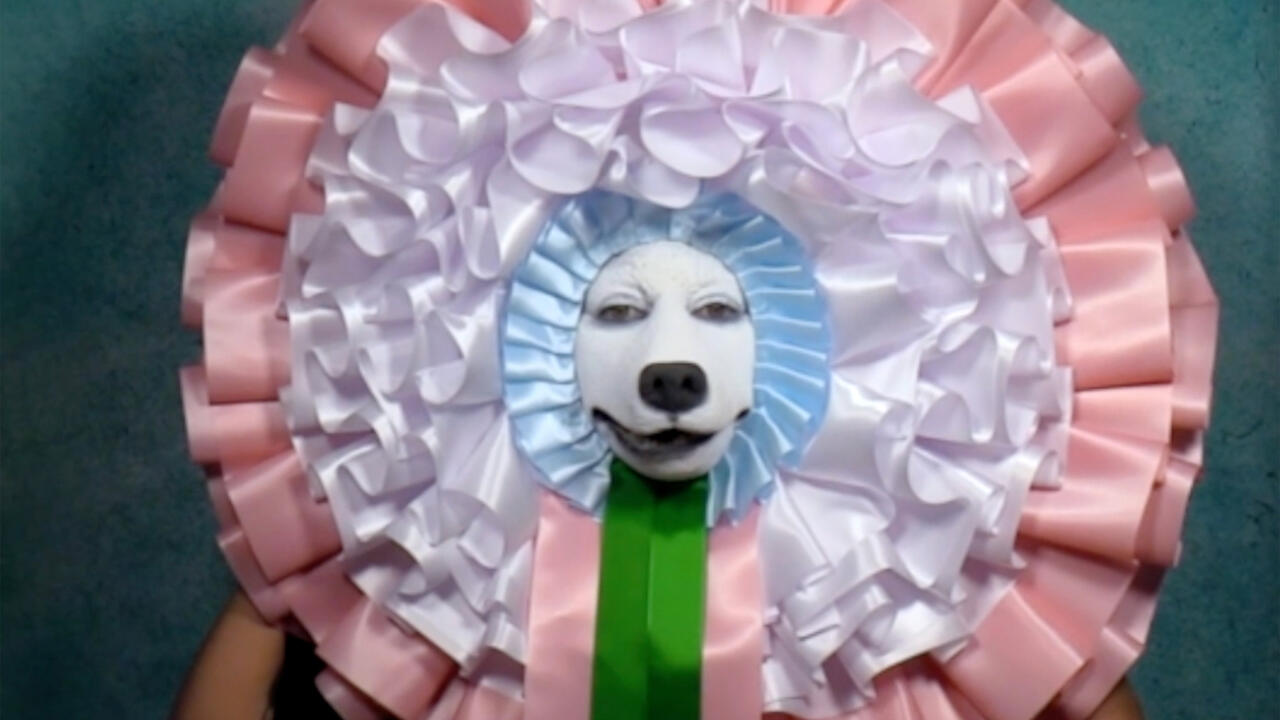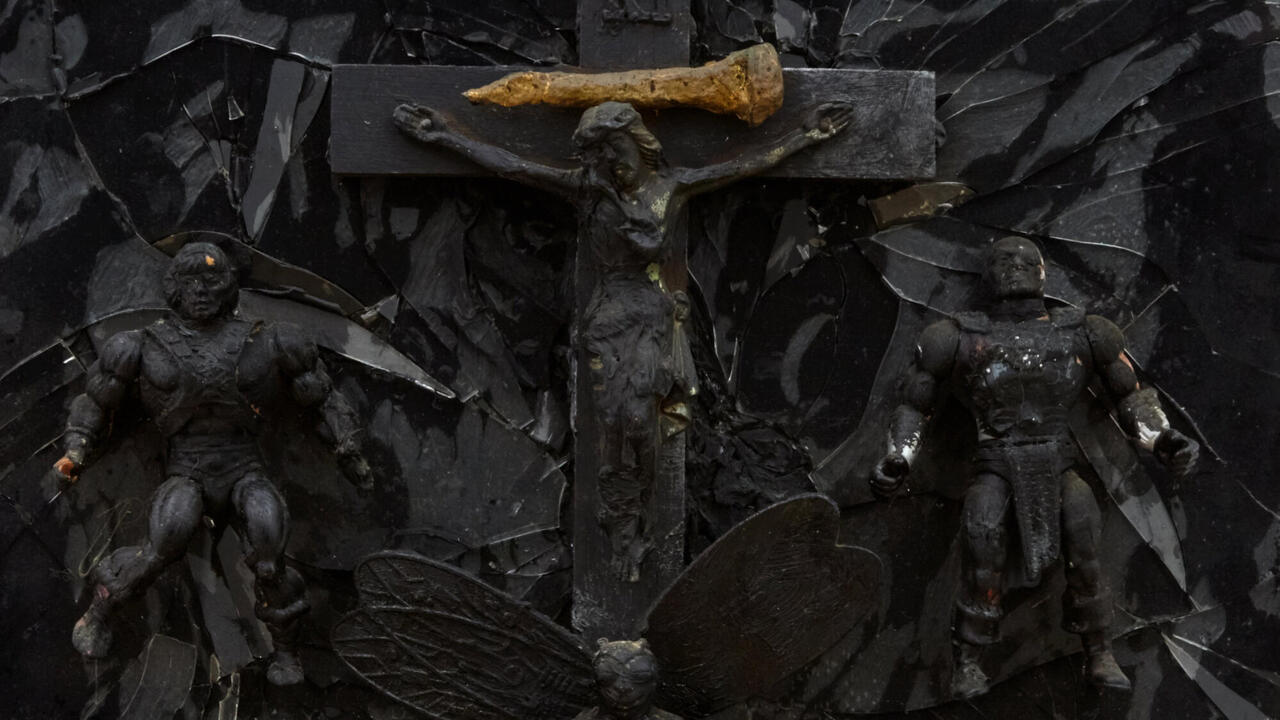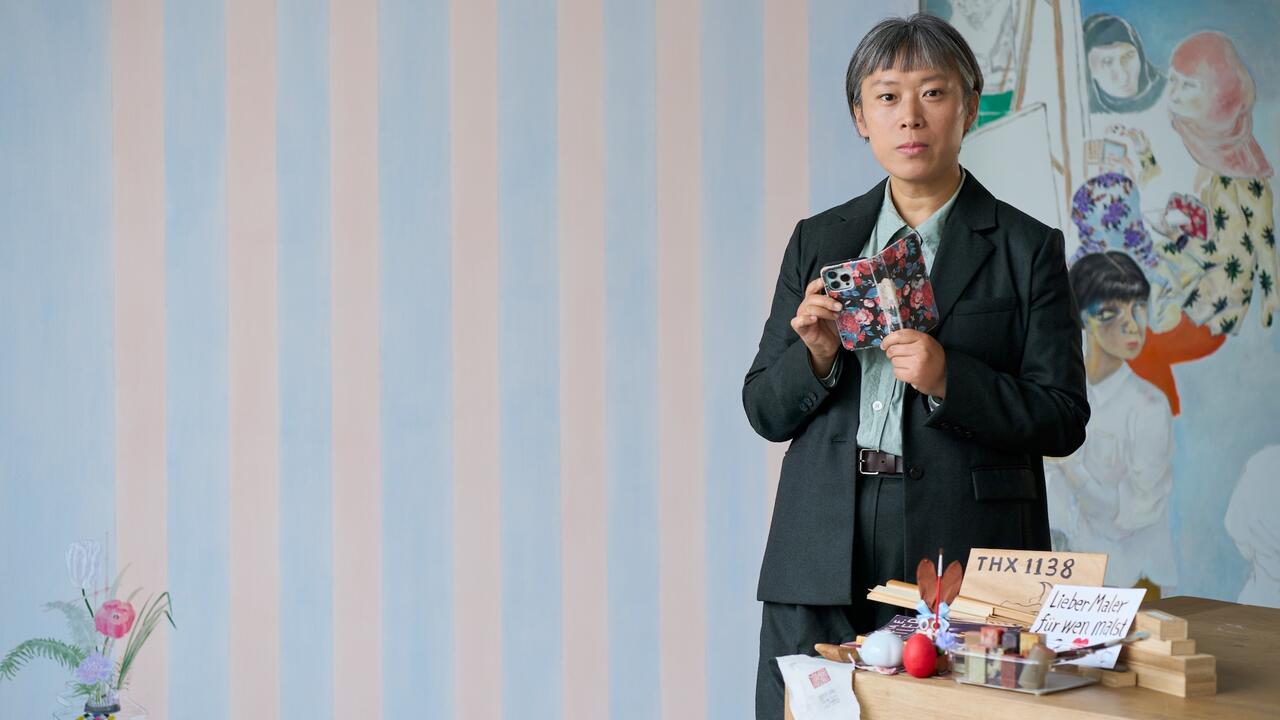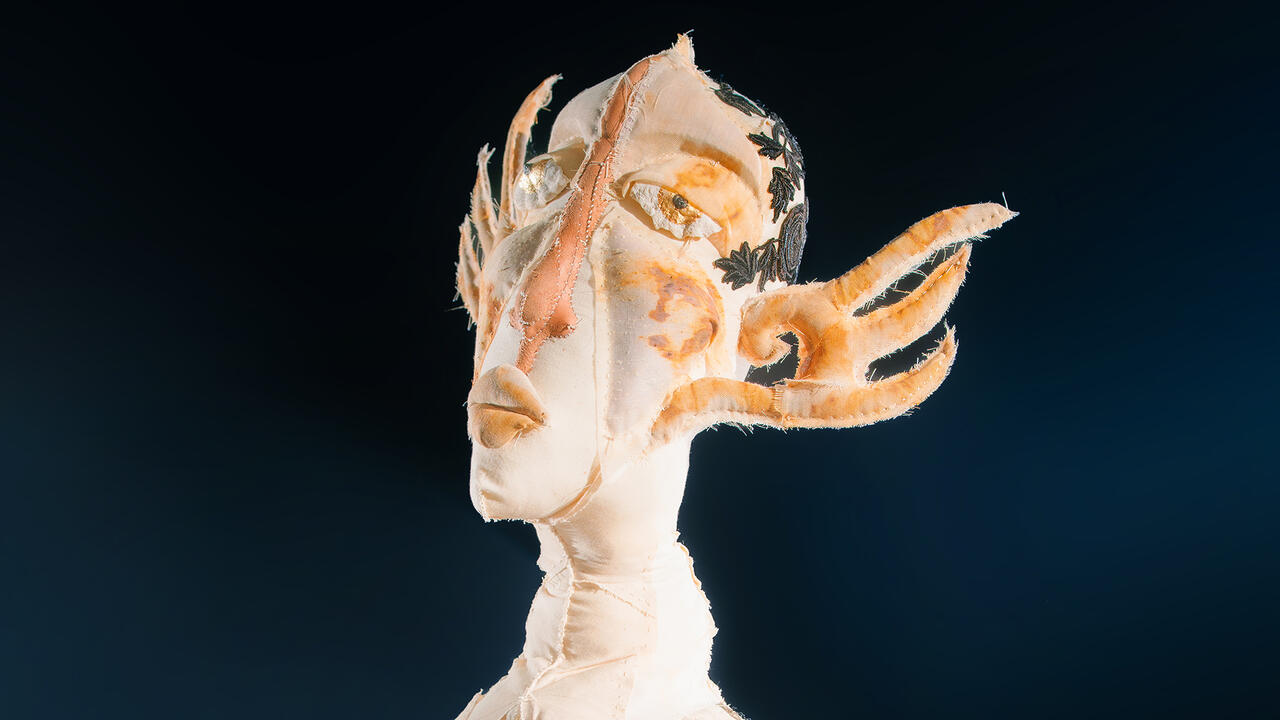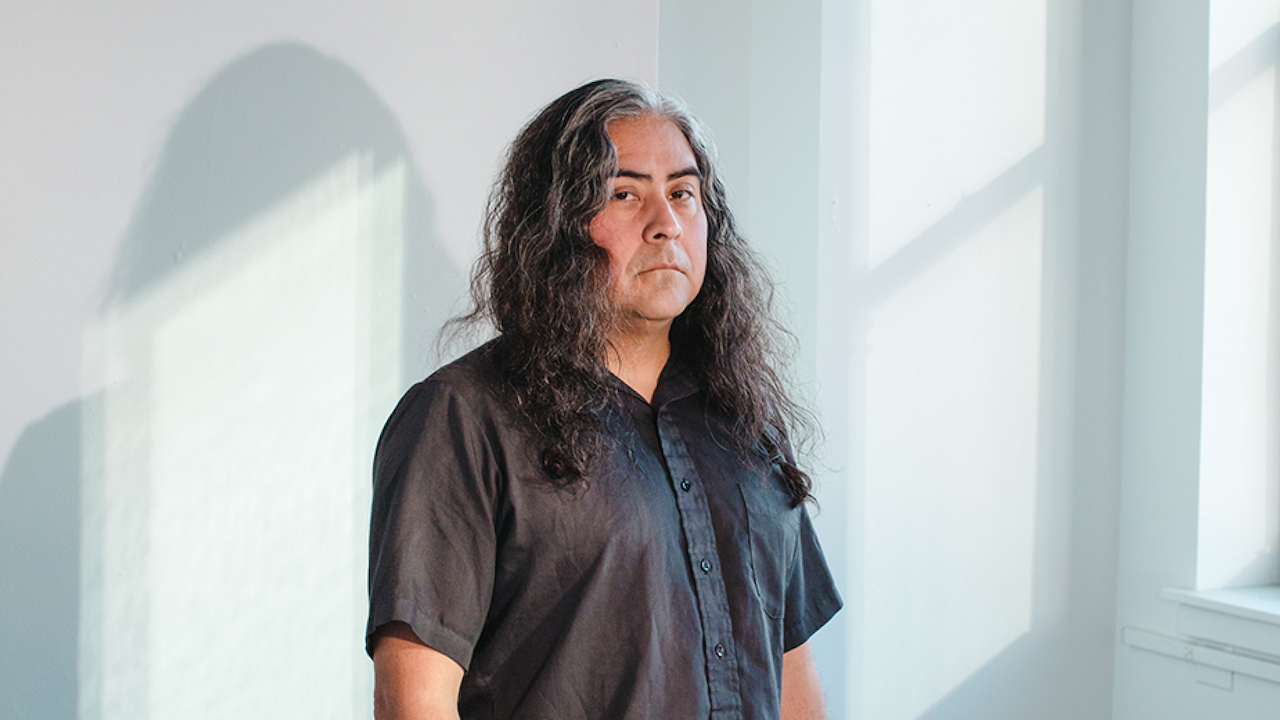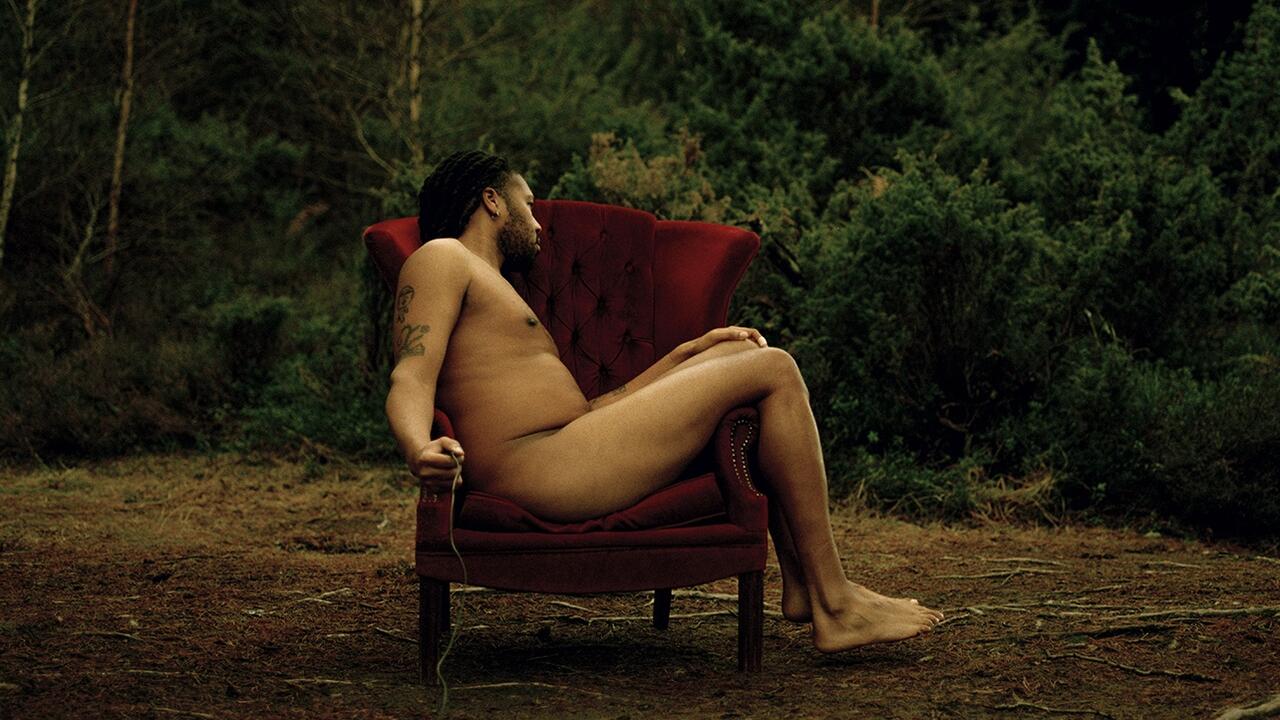Emma Kunz: The Researcher Who Refused to Become a Guru
‘She was working on a theory of everything’: on the extraordinary life and work of Swiss visionary Emma Kunz, now at London’s Serpentine Gallery
‘She was working on a theory of everything’: on the extraordinary life and work of Swiss visionary Emma Kunz, now at London’s Serpentine Gallery

Emma Kunz never claimed to be an artist. She thought of her drawings – and maybe even herself – mediumistically, as a means, not an end. For her, drawing was a two-dimensional projection of a process of knowledge: an expression of her relationship with the divine. It was only after curator Heiny Widmer exhibited her works in 1973 in Aarau, and Harald Szeemann brought them to a wider audience, that she became known as an artist at all.

Kunz was born in 1892 in Brittnau, Switzerland, to a family of handloom weavers. I can’t help but think of how meaningful this fact is for a person for whom pattern recognition would be the fabric of all her work. Her only formal education was at a local village school, and the only book she owned and used was a compendium of herbalist knowledge. As a healer, she grew plants and herbs, making tinctures and other preparations for her patients. Although she refused to read books, she was somehow able to discuss technical subjects with specialists as their equal.
What Kunz wanted was to be known as a researcher. She knew her work would be understood only later, in the 21st century. If she were alive today, she would likely delight in physicist Antony Garrett Lisi’s unified field theory (known as E8 Theory), which attempts to describe all known fundamental interactions in physics as a theory of everything. Lisi’s theory employs beautiful graphical patterns, showing elementary particle states, which remind me very much of Emma Kunz’s works. I suppose on some level she was working on a theory of everything herself.

Kunz’s research sought to transform harmful energies into healing ones. To understand and visualise this process of healing, she invented a special form of drawing. (I am convinced that she did invent it, although she claimed to be a transmitter for higher forms of consciousness.) It was her personal style, temperament and choices that determined how she used the information she channelled. Where from? An extended self, a field of augmented consciousness we all have potential access to, the noosphere, the morphogenetic field or other source? She placed this inquiry in the context of the Christian tradition into which she was born.
The parents of a child she cured had given Kunz paper and drawing utensils. To draw, she employed big sheets of graph paper. The paper was usually one square metre, on which she drew patterns using colour crayons. After a period of deep concentration, an ordered system of dots appeared in her mind. Then, she used a special pendulum as a sort of focusing device to discern the pattern of lines and shapes. All of this was done in one sitting, sometimes for long hours until the work was finished and she was on the verge of collapse. She would follow with an explanation, sometimes a few hours long, but she deliberately blocked any attempts to make notes. She did not want to distort her message by fixing it with written words.

Drawing answered not only practical questions regarding healing, but also her own spiritual and philosophical inquiries, and served as an aid to meditation. She often went back to older drawings, and by allowing their vibrations to influence her mind, she was able to find answers to new questions.
There are many reports of non-ordinary insights and almost magical occurrences she generated: the clouds and thunderstorms she polarised, the marigolds she programmed to develop subsidiary blooms, telepathy, precognition or even dematerialisation or levitation.
Although she deliberately kept herself isolated and never wanted to become a public figure, the famous Indian guru Sri Aurobindo recognised her importance. He sent three delegations to invite her to come to India and become a guru. She never agreed, being opposed to any missionary activities and believing that all human work should be done locally, focusing on a place where one was born into, working within its vibrations and potentialities.
Today, in light of climate change, Kunz’s approach makes more sense than ever. We finally understand the importance of locally and seasonally sourced food, building materials and energy sources. I first heard of Kunz when I was at a residency at ETH in Zurich in 2004, working on a book about the end of the world. I visited the Emma Kunz museum and grotto in Wurenlos and was deeply impressed by what I saw and felt. For me, it was a long-sought antidote to the demiurgic figures of male artist-spiritual teachers.

The Kunz museum in Wurenlos stems from Anton C. Meier – whom Kunz healed as a five year-old boy. It was in this place that Kunz discovered the healing properties of a healing rock she named AION A, which to this day is available in Swiss pharmacies. He was cured. They continued with their friendship, and after her death, he opened, in 1986, the museum at Wurenlos where her lifework is exhibited and the energies of the grotto are available to all who want to experience it.
With her refusal to accept disciples and become a guru, Kunz was already aware of how easily spiritual insights are means for narcissistic gratification or turned into a dogma or business. Her radical modesty is a message, and the decision of non-verbalising her charts hints that the words often separate us from understanding and experiencing and that the real transmission – creation or healing – happens beyond words. Her works show that we should become our own gurus and look for knowledge and cosmic consciousness within ourselves.
‘World Receivers: Georgiana Houghton, Hilma af Klint, Emma Kunz’ was recently on view at Lenbachhaus, Munich, until 10 March.
On Saturday, 23 March, ‘Emma Kunz – Visionary Drawings’ opens at Serpentine Galleries, London, where it will be on view until 19 May 2019.
Main image: Emma Kunz, Work No. 003, n. d., oil crayon on graph paper with brown lines, 96 x 96 cm. Courtesy: © Emma Kunz Zentrum


